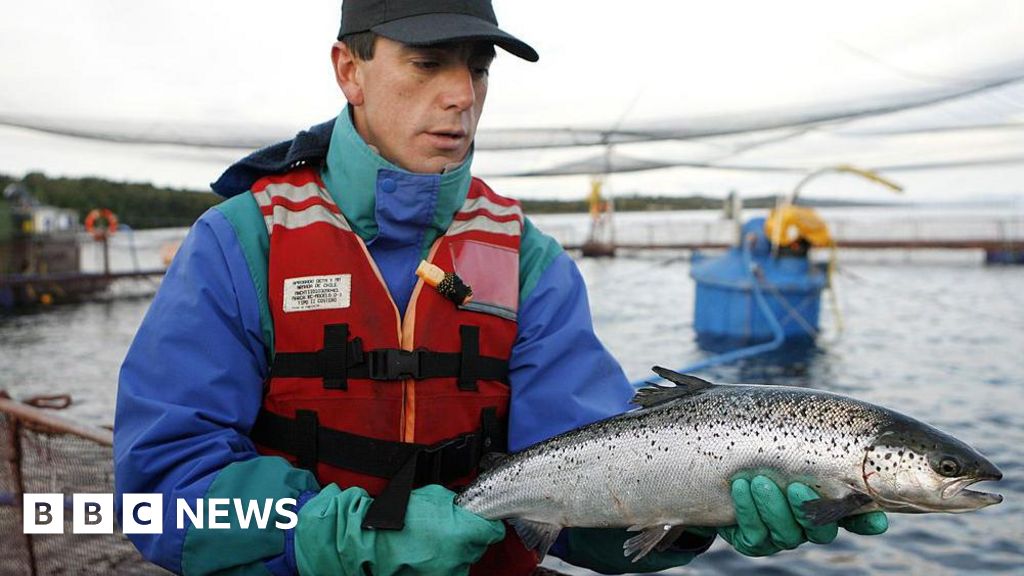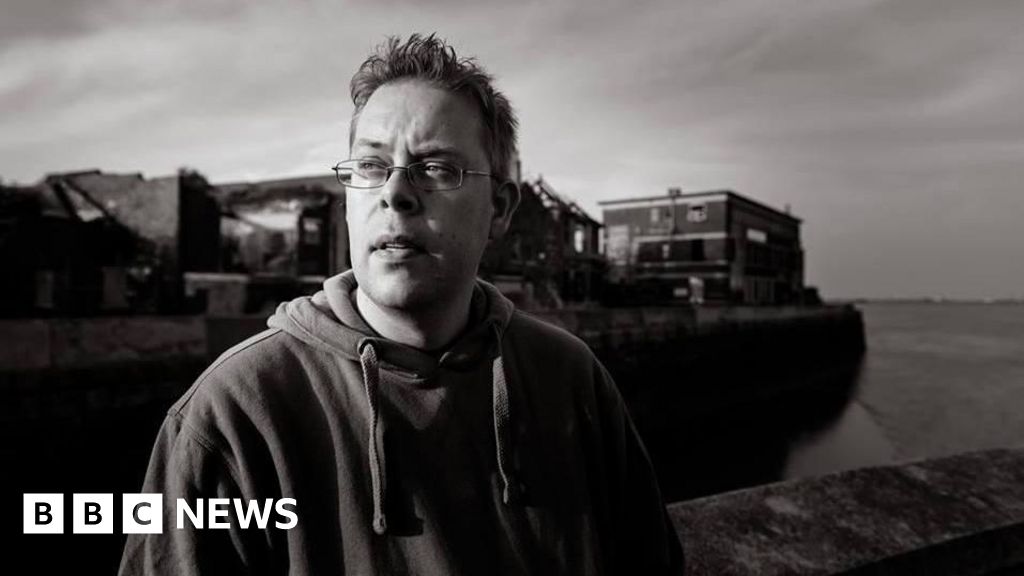- Africa
What the heck is a Labubu and why are kids obsessed?
时间:2010-12-5 17:23:32 作者:Headlines 来源:Media 查看: 评论:0内容摘要:Macron says he has reached out to his Israeli counterpart after the killings in what the French leader called “an antisemitic attack.”Macron says he has reached out to his Israeli counterpart after the killings in what the French leader called “an antisemitic attack.”
The frequency of severe cyclones has increased dramatically across the Arabian Sea in recent decades, according to a 2017 study in the journal Nature Climate Change, and Socotra’s dragon’s blood trees are paying the price.Socotra’s Firmihin plateau, home to the largest remaining dragon’s blood forest, is visible on Sept. 18, 2024, on the Yemeni island of Socotra. (AP Photo/Annika Hammerschlag)

Socotra’s Firmihin plateau, home to the largest remaining dragon’s blood forest, is visible on Sept. 18, 2024, on the Yemeni island of Socotra. (AP Photo/Annika Hammerschlag)A network of caves stretches for kilometers on the Yemeni island of Socotra, on Sept. 22, 2024. (AP Photo/Annika Hammerschlag)A network of caves stretches for kilometers on the Yemeni island of Socotra, on Sept. 22, 2024. (AP Photo/Annika Hammerschlag)

In 2015, a devastating— unprecedented in their intensity — tore across the island. Centuries-old specimens, some over 500 years old, which had weathered countless previous storms, were uprooted by the thousands. The destruction continued in 2018 with yet another cyclone.

As greenhouse gas emissions continue to rise, so too will the intensity of the storms, warned Hiroyuki Murakami, a climate scientist at the National Oceanic and Atmospheric Administration and the study’s lead author. “Climate models all over the world robustly project more favorable conditions for tropical cyclones.”
Goats roam amidst dragon’s blood trees on the Yemeni island of Socotra on Sept. 18, 2024.(AP Photo/Annika Hammerschlag)“Indian students should stay hopeful. Universities value global talent and are exploring all options to ensure continuity in admission and learning,” she said.
Associated Press writer Kanis Leung in Hong Kong and AP researcher Shihuan Chen contributed. Roy reported from New Delhi.NEWARK, N.J. (AP) — New Jersey Transit’s train engineers reached a tentative deal Sunday to end their three-day strike that had
, including routes to Newark airport and across the Hudson River to New York City. The union said its members would return to work on Tuesday, when trains would resume their regular schedules.The walkout that began Friday was the state’s first transit strike in over 40 years, forcing people who normally rely on New Jersey Transit to take buses, cars, taxis and boats instead or consider staying home. The main sticking point had been how to accomplish a wage increase for the engineers without creating a financially disastrous domino effect for the transit agency.
- 最近更新
- 2025-07-07 07:01:53These are the best hair growth products for men, according to hair loss experts
- 2025-07-07 07:01:53What the US and Israel really want from Iran
- 2025-07-07 07:01:53US, Israeli strikes on Iran nuclear sites: How big are radiation risks?
- 2025-07-07 07:01:53smart speakers or the latest in tech such as
- 2025-07-07 07:01:53Firefighters battle a wildfire burning out of control on the Greek island of Chios
- 2025-07-07 07:01:53US Fed leaves interest rates unchanged amid economic uncertainty
- 2025-07-07 07:01:53As visitors flock to parks, deep cuts leave rangers and wildlife at risk
- 2025-07-07 07:01:53Putin says Russian recession must not happen ‘under any circumstances’
- 热门排行
- 2025-07-07 07:01:53How much should you have in your 401(k)? How your balance compares to others by age
- 2025-07-07 07:01:53Explosions seen in sky over Doha, Qatar
- 2025-07-07 07:01:53Zuppa di fave e finocchio (Broad bean and Fennel Soup)
- 2025-07-07 07:01:53Photos: The history of Netanyahu’s rhetoric on Iran’s nuclear ambitions
- 2025-07-07 07:01:53Shop at Counter Culture Coffee
- 2025-07-07 07:01:53NewswrapSign up for our newsletter
- 2025-07-07 07:01:53our guide to fixed and variable rates
- 2025-07-07 07:01:53opinion content. Trump has opened a Pandora’s box
- 友情链接
- ReutersPakistan says trade talks with US to conclude next week What to know about Medicare Part B guide The Medicare Annual Enrollment Period guide Step-by-Step Guide to Medicare Initial Enrollment Deadly Heat Wave Scorches Midwest, Northeast With Record-Smashing Temps Israel-Iran ceasefire off to rocky start, drawing Trump’s ire after fanfare Strings attached: a Q&A with Wimbledon’s premier tennis racket shop Strings attached: a Q&A with Wimbledon’s premier tennis racket shop US strikes only delayed Iran’s nuclear progress, says intelligence report The best barefoot shoes for running Wealth managers gear up to put UK savings into private assets Volunteers use the universal language of music to soothe stressed shelter animals Palestinians in Gaza are calling for their own ceasefire Taylor Swift Wows Fans with Surprise ‘Shake It Off’ Performance We asked 5 chefs to name the best brand of cheddar cheese, and they all picked the sa… Builder.ai ‘Chief Wizard’ Sachin Dev Duggal made $20mn in share sales CBS NewsAfter 36 years in LA, grandmother self-deports to Mexico, leaves family behind Strings attached: a Q&A with Wimbledon’s premier tennis racket shop Crypto coin for Russian shadow payments moves $9bn Taylor Swift Wows Fans with Surprise ‘Shake It Off’ Performance Builder.ai ‘Chief Wizard’ Sachin Dev Duggal made $20mn in share sales US strikes only delayed Iran’s nuclear progress, says intelligence report ReutersNew data show most US patients now stay on Wegovy, Zepbound after a year Crypto coin for Russian shadow payments moves $9bn Gender gap in law at risk of widening amid diversity pullback AOLThe best hair growth products of 2025, according to hair loss experts AOLThe best hair growth products of 2025, according to hair loss experts Wealth managers gear up to put UK savings into private assets Eating Well7 late-night snacks to support your metabolism, according to experts What is the difference between Medicare Parts A and B?
